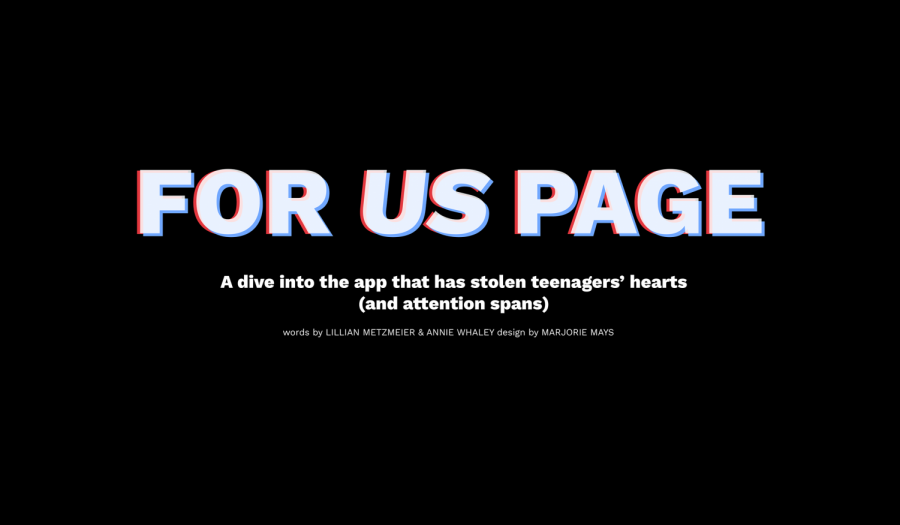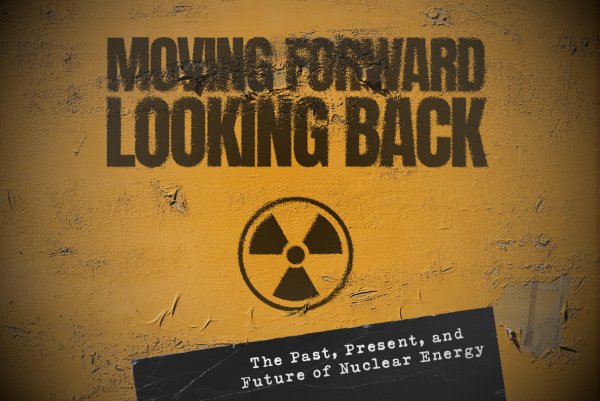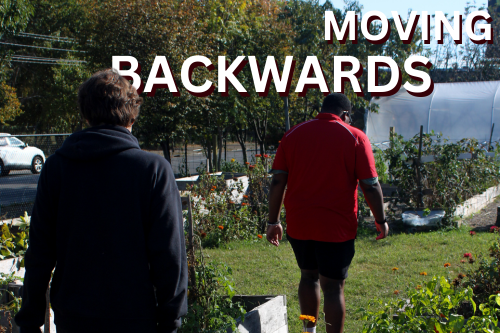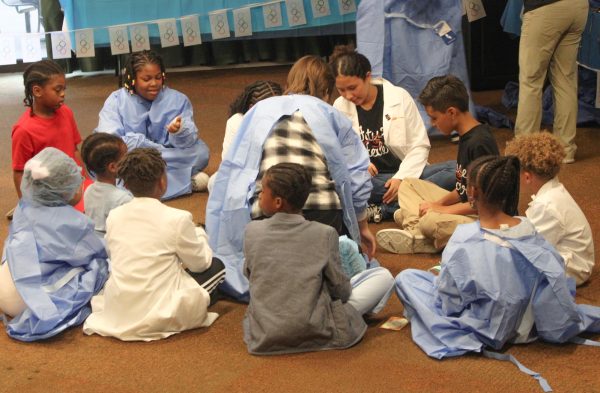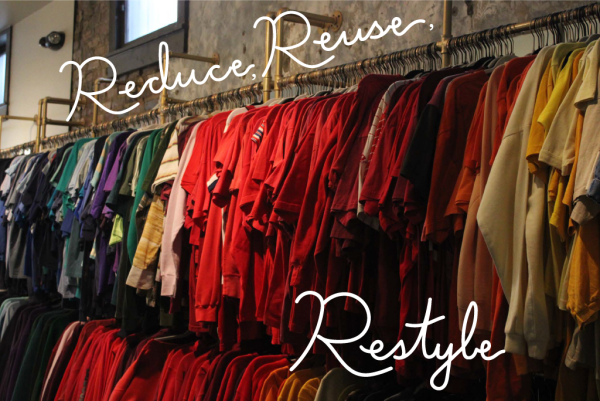For Us Page
A dive into the app that has stolen teenagers’ hearts (and attention spans)
For what feels like the millionth morning in the row since March 13, it’s time to perform the new morning ritual: instead of opening our backpacks to shove in last minute homework assignments, we open our phones and click on the app that has basically taken over our lives.
Want to find some new music to jam out to in the car, a creator that you swear shares the same brain as you, or even a new interest such as astrology or hand drawn frog tattoos? Time to start scrolling.
With about 1 billion monthly users in 154 countries, TikTok has captured the hearts and attention spans of people around the globe.
In the age of internet trends, what sets TikTok apart from apps such as Instagram and Snapchat is how easy it is to go viral. One person can use or create a “sound” that soon enough everyone is making videos to, whether they be dances or jokes. Whatever type of video it is, the sound is sure to be stuck in your head and often quoted in daily life with friends or at school (remember school?).
Anyone who is 13 and older can make an account and post. Any video has the chance to “blow up” and even allow the user to gain a following.
Almost as important as the video itself is the comment section. Take us for example. Without being fully aware of it, every time we scroll through our specially curated “For You” page (which we’ll touch on later), we click on the comments to see what other people think of the video. If the comments are turned on and not limited, anyone is allowed to discuss their opinion on the video. This discourse can be healthy in the way of sharing different perspectives on the video’s content, but these comments can also be a source of unnecessary hate and misinformation.
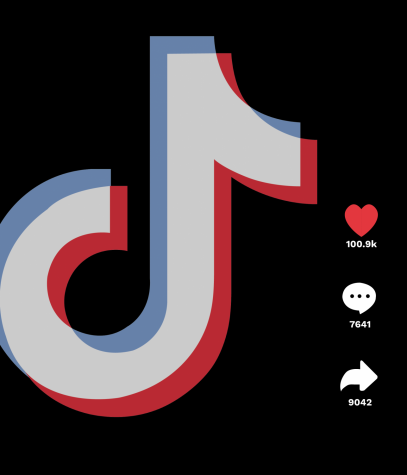
The FBI Agent in My Phone
Woah. How the heck did I just get a video about the song I was JUST playing? It’s almost like my phone’s been… listening?
Similar to the Explore Page feature on Instagram, TikTok has what’s called the “For You” Page (FYP), which takes content the user interacts with, and finds similar videos with the ever-so-mysterious algorithm. Though TikTok hasn’t really released the secrets of this system they use, the personalization makes the app feel all the more addictive. The scrolling feels endless since you never run out of content, and it’s all catered to you. It’s gotten to the point where many people we know, including ourselves, have had to delete the app because it becomes so addictive.
However, it always ends up back on our phones.
The app isn’t actually listening — at least not that we know of — but it can get a good picture of your interests through your interactions and engagement.
So, that’s how after every time Taylor Swift announces a surprise album, which is now a more common occurrence than anyone would think before this year, “Swifties” are suddenly bombarded with theories, opinions, and rankings with every swipe.
Or, how after making the mistake of binging all 312 hours of Criminal Minds during the beginning of quarantine, one of our (cough cough, Annie’s) FYP was infiltrated with videos of the main character, played by Matthew Gray Gubler, for about four weeks straight. Not that she was complaining.
It had seemed like she found more and more people who loved the show as much as she did. These communities that can be found through common interests are one of the many positives of the app.
If someone wants the algorithm to promote a TikTok they make onto the FYP, they may include a hashtag in the caption, whether that be a current trend, or just “#fyp.” As much as these are used when someone is proud of a new dance they learned, these hashtags can also be used to spread awareness to more serious topics.
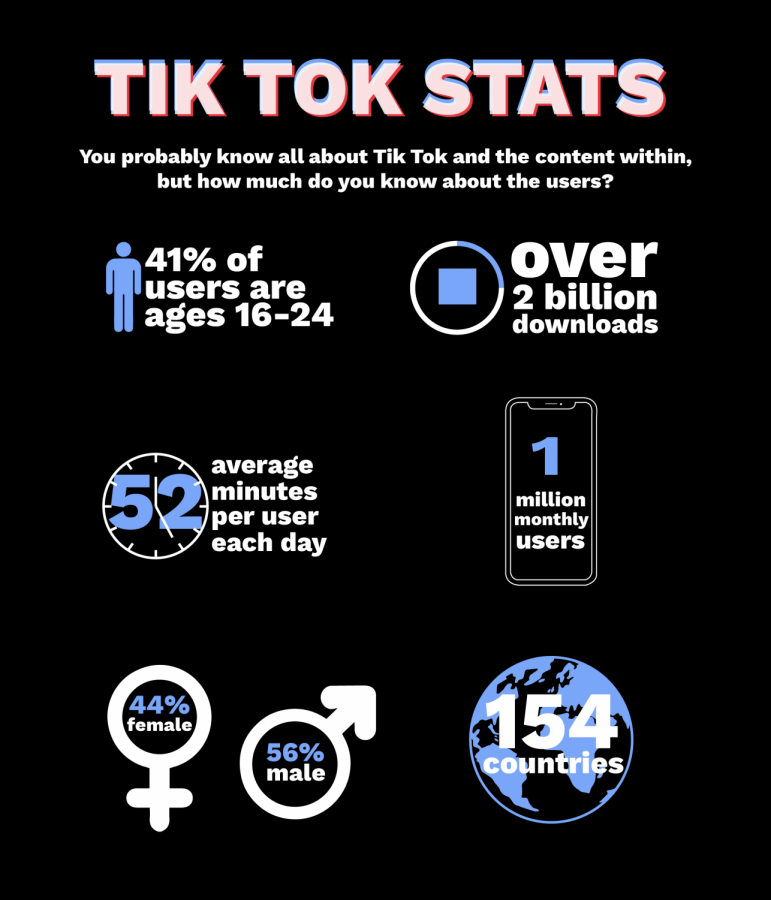
Source: Wallaroo Media
Say Their Names.
388.6 million. That’s the current amount of views the hashtag “breonnataylor” has on TikTok, and the number is still growing every day. Videos explaining the details of the case, showing protests, and combating (while sometimes spreading) misinformation has been circulating the FYP since early June. As younger generations became more familiar with the Black Lives Matter movement, most commonly referred to as BLM, the more content flooded in about it. From the killings of Breonna Taylor on March 13 and George Floyd on May 25 to Brandon Bernard’s execution on Dec. 10, TikTok has documented a timeline of public outcry. This platform has been used as a way to raise awareness, speak out on racial injustice and amplify voices of Black artists and creators. Users like Jackie James, 17, who is more commonly known as @fatraco0n on TikTok, have drawn in 2.5 million followers from her videos talking about her experiences as a Black woman in America. TikTok has not only changed the way teens look at and participate in social justice advocacy, but has also given a platform for users to educate others on issues they may have never experienced or thought about before.
In a way, the app has become a center for Generation Z’s political activism.
The app has even affected electoral politics, specifically through the 2020 presidential election. A standout moment is one that even adults, such as my father, who only knew “TikTok” as Kesha’s 2009 single caught wind of: the Trump Tulsa Rally in June. What started off with a couple videos explaining what could hypothetically happen if people signed up for free seats to the rally became an elaborate prank on the President of the United States.
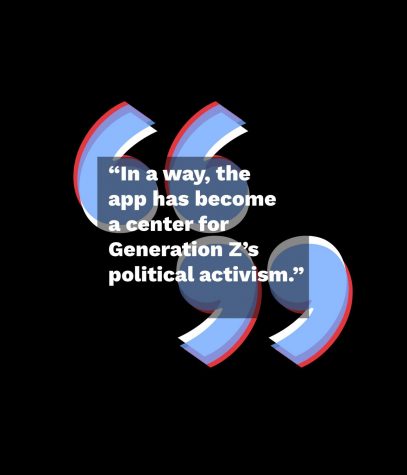
Donald Trump boasted in a tweet one week before his rally that one million people had requested tickets to the rally. Instead of a full arena, President Trump was met with a sea of mostly empty seats.
This was then all over the internet, where platforms like Vox and the New York Times posted stories about the low turnout, even interviewing popular TikTokers.
Owning Their Body
Along with hashtags used in an attempt to get an informational video on the FYP for people to see, trigger and content warnings are also often included in the captions of more serious videos. TikTok can cover some pretty serious topics, like people’s experience with abuse, loss, and struggles like eating disorders. It is a place for people to openly discuss their insecurities and issues they are working to overcome. Users can find communities that give advice and help each other grow. Although hundreds of these communities take up TikTok’s feed, one has created an immense amount of traction: the body positivity movement.
Discussion of body image has been all over the place in recent years. Advertisements for Dove soap that showcase that there is no “perfect” body and Nike’s inclusive size range are examples of support for the body positivity movement. However, weight-based stigmas are still present in society today, especially with women. Many TikTok creators have used their platform to talk about body image and self-confidence issues.

Arguably the most well-known creator who speaks to this is Sienna Mae Gomez, 16, who breaks down the facade of angles and posing and shows young girls that you don’t have to “suck in” or be a size zero to be confident and beautiful. With more women like Gomez showing their journey to self acceptance and loving their body, the more likely they’ll be able to positively impact their audience of younger girls — or anyone else — who may be struggling with the same things they were. It gives anyone who deals with these body image issues to feel supported and uplifted by their own community, which people didn’t necessarily have 10 years ago.
But just like with everything, there is a flip side to body positivity on TikTok. Not only is there always going to be people who try to tear others down or shame other’s figures in the name of “health,” there is also a community of people who are suffering or have suffered from eating disorders that can be very toxic to the mental health of others. Some accounts bully women they deem as “too big” while others shame women for being naturally skinny, which some women are insecure about.
Sometimes the toxicity can be too much to handle, and you just have to click your home-button and close out of the app. After taking a glance at the time, then comes the realization you’ve been on TikTok for almost two hours straight. It’s time to get a glass of water, or maybe go on a walk? Either way, unplugging is important, even though it feels impossible with every Zoom call or item on the Google Classroom “to-do” list.
On March 13 of last year, it felt like the “normal” world we knew came to a halt with the cancellation of school and government-issued state restrictions as a response to a pandemic. Though the app has been around long before March, it has become more commonly used than ever before. Although –– like every social media platform –– there are both benefits and drawbacks, TikTok gifts young people with a platform and a voice to speak on the issues important to them. This has become a new “normal.” The app unites people from across the globe and has created virtual communities that have made people, at least us, feel less alone especially during the COVID-isolation-blues.
Donations are collected through The Publishers, duPont Manual High School's booster club for J&C. On The Record relies completely on sponsorships, advertisements, and donations to produce and distribute each issue. Please consider donating to our cause, and helping the student journalists of OTR amplify youth voices for years to come.


